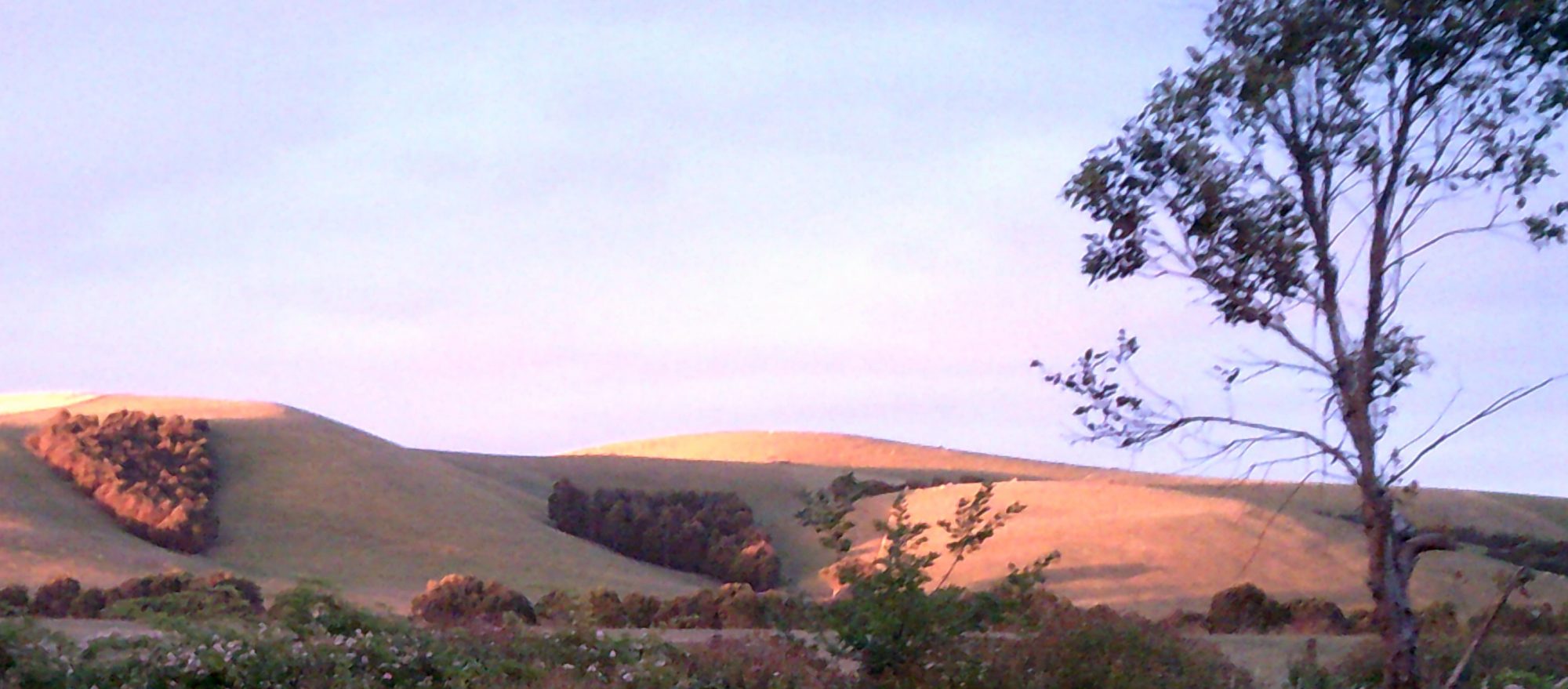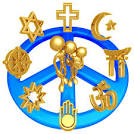I thought I would write about my theory of space and consciousness.
First, it has been well established that the ancient Biblical writings are allegory. They were the work of a number of scribes, each with their own interpretations of life and the universe. We see this style of communication clearly in the Talmud, where each contributor is generally named and a discussion between contributors takes place as part of the original text. In fact, the Talmud is designed much like the universe (or as it was perceived in ancient days). At the centre of a Talmud’s page there is the topic for discussion and the commentary appears in all four of the margins, as if the words were free floating planets around a central Sun. The design is said to be copied from the first scriptures of Babylon that were on stone tablets where the text was placed on all sides of the stone.
To the task at hand.
All space is occupied space. In other words, all space is defined by what occupies it. This is tricky because we do not always know what occupies space.
Space alludes us, it is difficult to grasp exactly what space is because it appears as an abstract concept. The spaces between letters for example give us a clear sentence in language, but this does not tell us much about the nature of space, it only leads us to believe that space separates things. This is partially true, but it is not the whole story. Space also brings things together. In addition, space expands and allows for creation and replication, not just of space itself, but also of matter, and indeed, language.
My idea is that we should perceive consciousness as a form of space. Consciousness is not a tactile entity, we cannot experience it in the same way as we experience objects, but without consciousness we would not be able to experience things at all, or so it is believed. Let us imagine consciousness as a form of space like that in the universe; constantly expanding, while at the same time being intangible.
To understand the nature of universal space we need to examine the origins of the universe and how matter and energy relate to space in their most primal forms.
There is an important rule to keep in mind. Space is analysed by the Theory of Relativity, which tells us that nothing travels beyond the speed of light.
However, space does travel beyond the speed of light, because space is not actually travelling, it is expanding… like a balloon. When you blow up a balloon it gets bigger, but it does not go anywhere unless you let go of it. Also, when you blow up a balloon you cannot get inside the balloon, you can only examine it from the outside. Our universe is much the same, it appears to sit on the surface of a balloon (space) and is held by gravitational forces.
Neither the universe or its space are flat, they are curved by gravity, like a balloon. As the universe expands the balloon gets bigger. As the universe expands the Earth is becoming further away from the planets that are familiar to us. Distance also determines speed, so the outer universe may not be governed by the same Earthly equations such as the speed of light. (Consider this in terms of the speed at which the human brain operates and by what we have created to increase the speed of life on Earth. i e the Internet.) Humans are also governed by speed. You might have a long life or a short one, what contributes to this are particles mapped out in our DNA. Particles in the universe are also relative to speed.
The most common theory of Creation is the Inflationary Universe. This is a core belief now manifested in quantum mechanics, also present in the Kabbalah and other ancient texts. It is also believed to be the starting point for the Big-bang Theory.
The Inflationary Theory holds that the universe began as a minuscule dot.
Edwin Hubble’s discovery of the expansion of the universe led scientists to extrapolate this information by going back in time to a universe that was a microscopic dot. The dot was believed to be smaller than the size of the nucleus of an atom. It was also immensely hot and dense. Heat causes matter to expand. It has been estimated that the particles that carried the forces and the particles upon which those forces act, were blended (the story of Adam and Eve). It was also initially thought that the universe appears the same in all directions (isotropy). This is because it has evolved from a single entity, but this is impossible because any kind of shared experience between parts entails communication between those parts. To put it differently, there is always already shared information carried through light (energy) that differentiates particles.
As the universe expanded it had to communicate with other realms so the light expanded.
Here we can start to see definite parallels between the ancient texts and cosmology as well as a likeness between the developmental properties of human consciousness.
It was once conceived that various areas of the brain controlled corresponding actions in the body, we now have a more holistic approach, we know that the brain has plasticity, it expands to make up any deficits, but not necessarily in uniformity.
We know through experiments that if a person loses a leg, there will be intense pain as if the leg was still there because the brain remembers the leg. We know also that if a mirror is placed next to the existing leg, the brain will read this as two legs and eliminate the pain. We can trick the brain, but only because the brain has all the necessary components to allow it to be tricked. In the universe the mirror has another name, it is called dark matter and it is the primary influence in all the activities of the universe. I believe the unconscious elements of the human brain can be viewed as the dark matter of consciousness.
As matter expands the gravitational forces act to slow down the outward expansion from the Big Bang. Theoretically, this should cause the universe to stop or contract. However, gravity prevents this. Further, the greater contribution of gravity comes from non-nuclear dark matter, which causes the movement of galaxies. We know that no thoughts take place in full consciousness and that our actions are not always conscious. Rather, everything stems from the unconscious, we might call this dark energy. In the universe, dark matter has dark energy.
A above so below.
We know very little about dark matter, but Einstein suggested that there might be a repulsive force creating a constant. In the realms of human consciousness might we call this repulsion a conscience? There are forces at work that stop us from doing things, compassion, empathy, care, love. We readily say God loves us, might the universe be our genuine lover?
At this point we can only conjecture similarities between the workings of the universe and those of the human brain. Dark energy in the universe gets its name from the cosmological constant that arises from gravity. There is very little discussion on the way gravity impacts on humans, it is taken as a given.
Dark energy is the greatest influence in the universe. It may also be thought to be the greatest influence on the human psyche. Might there be a connection between dark matter and the human unconscious?
What is it that draws us to particular phenomena when our conscious minds are now considered by science to be no more than an emissary of something greater?


